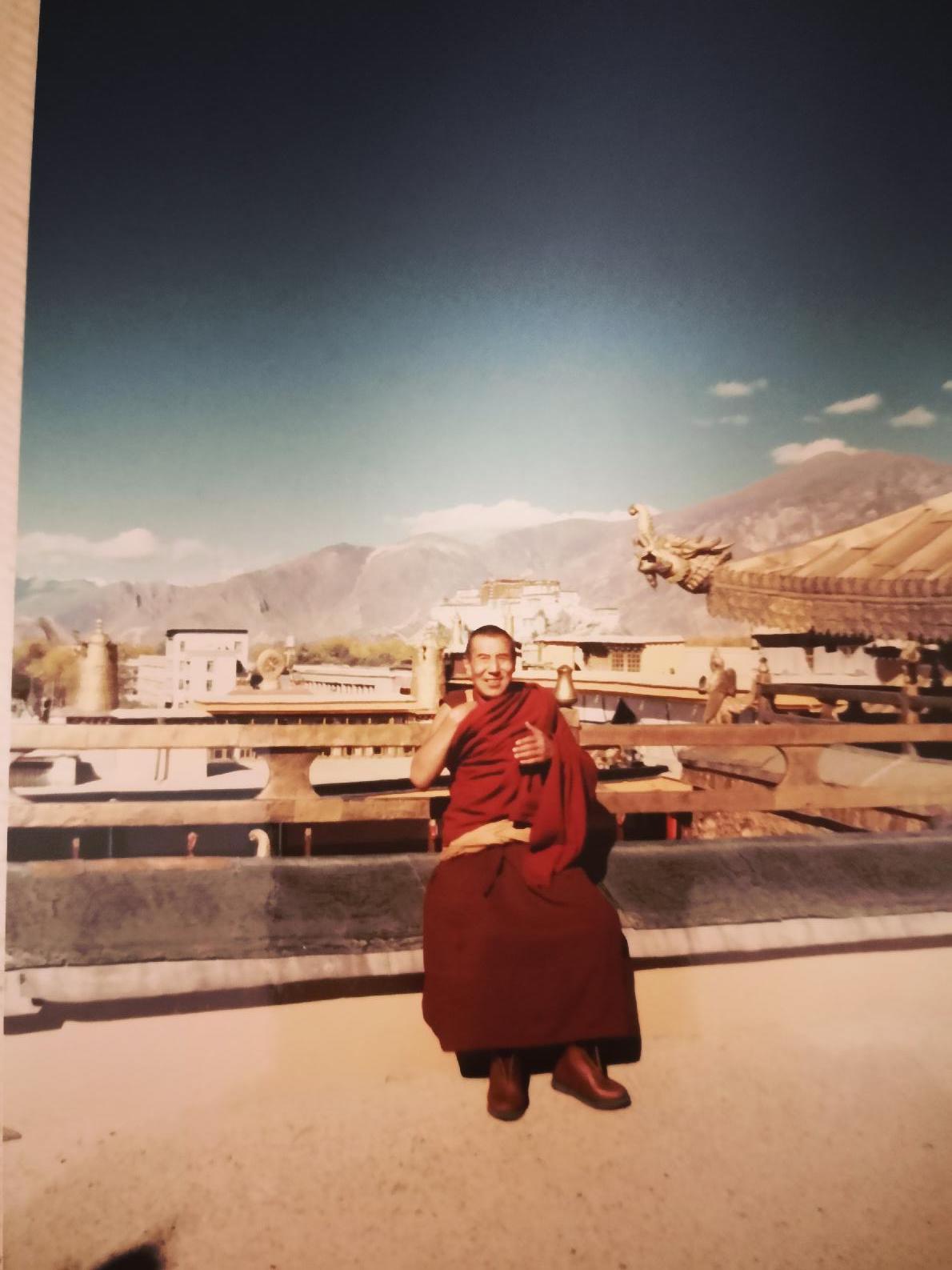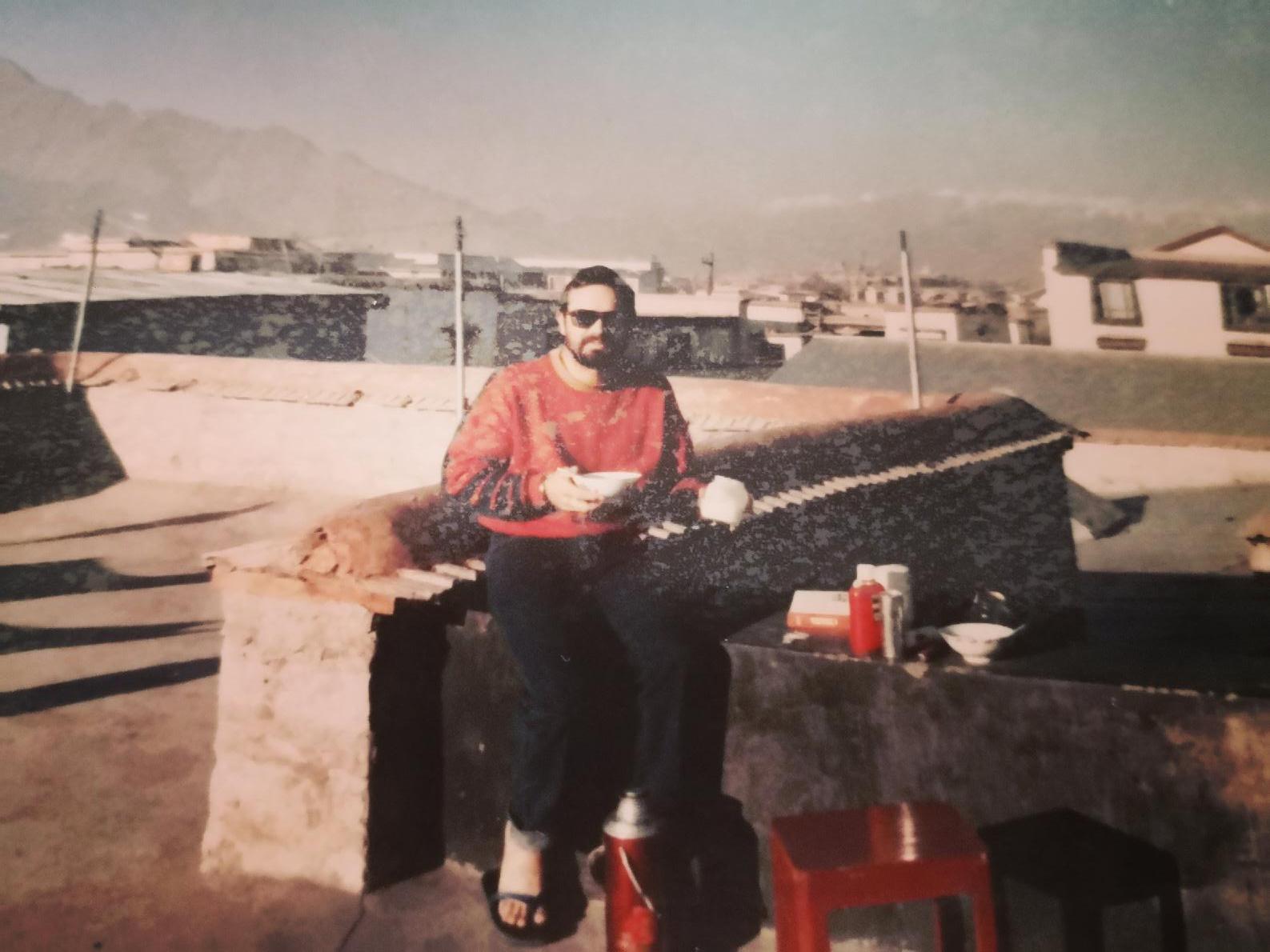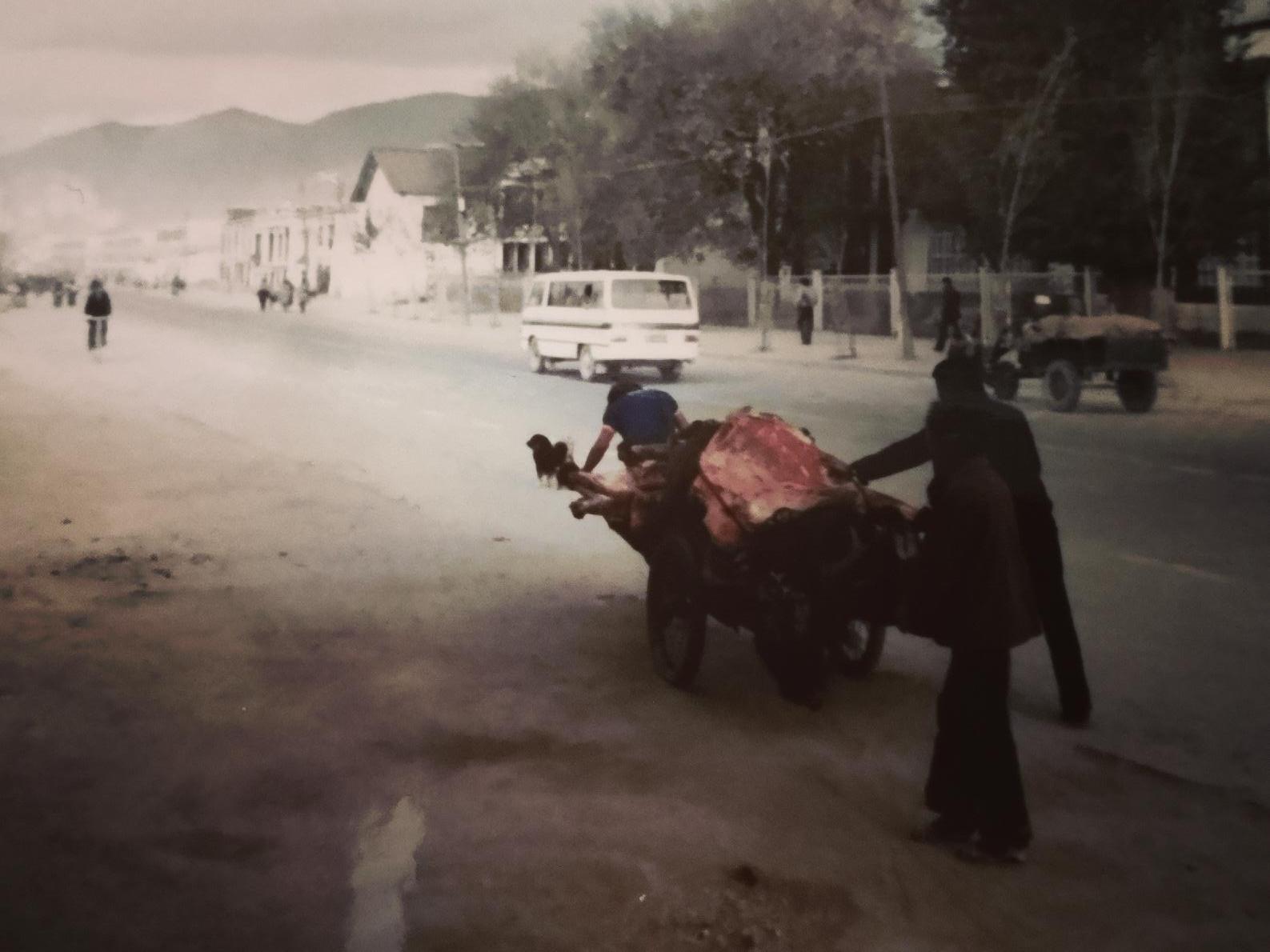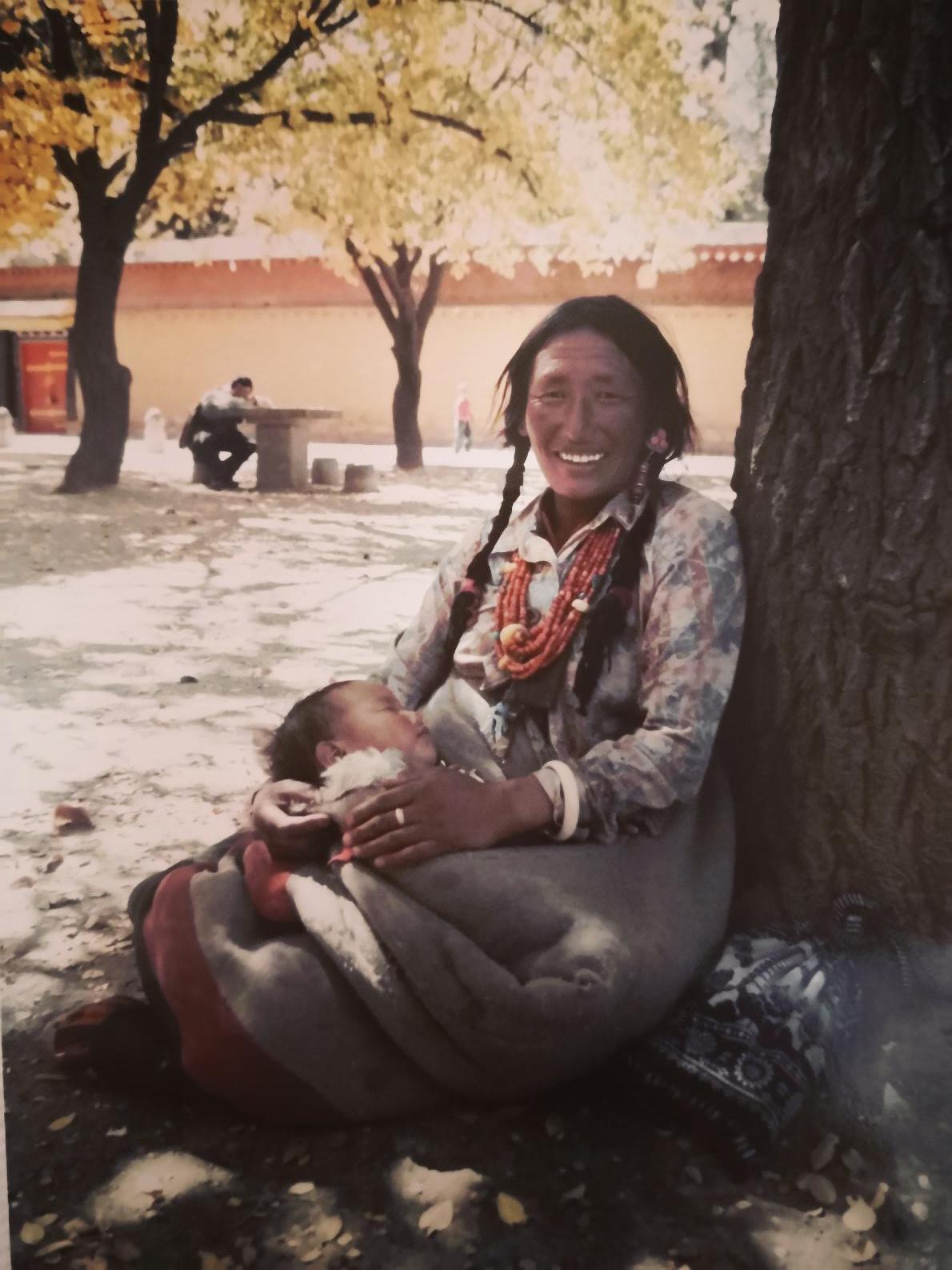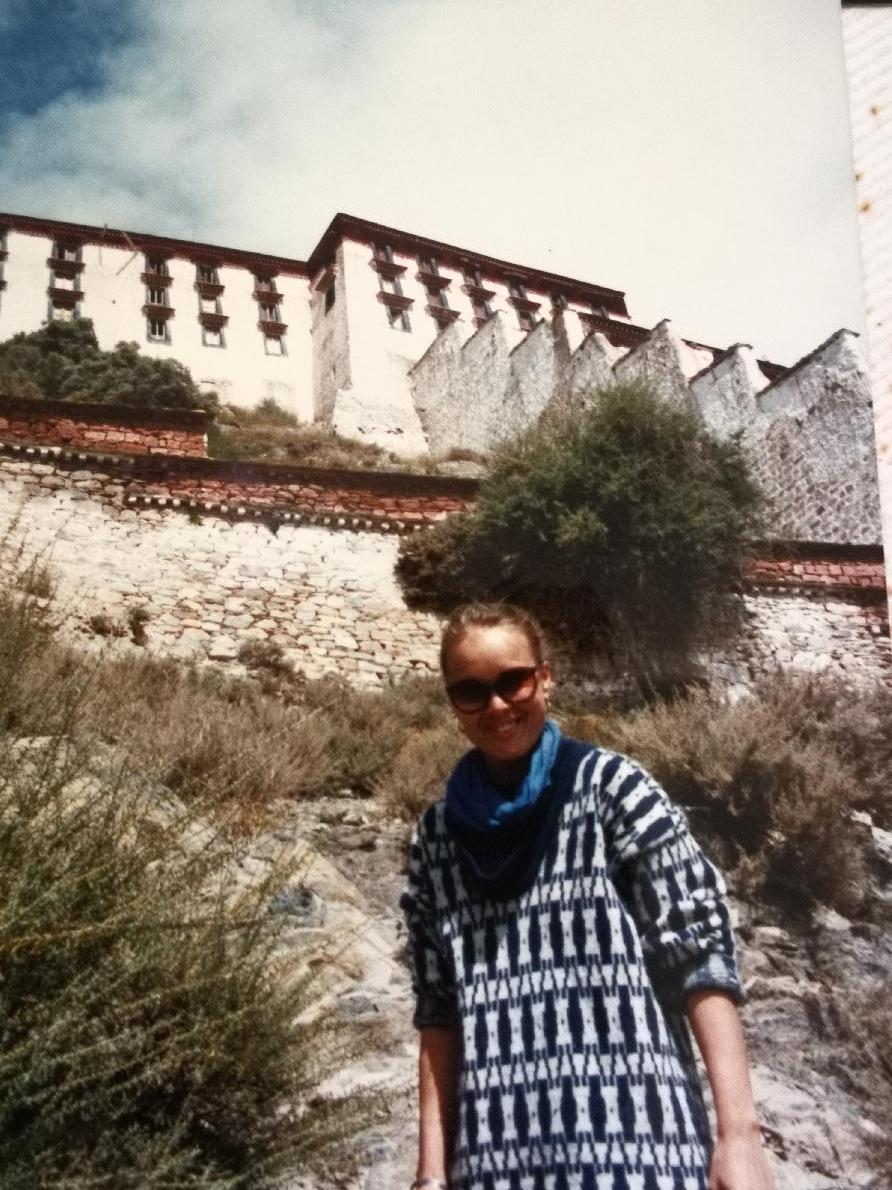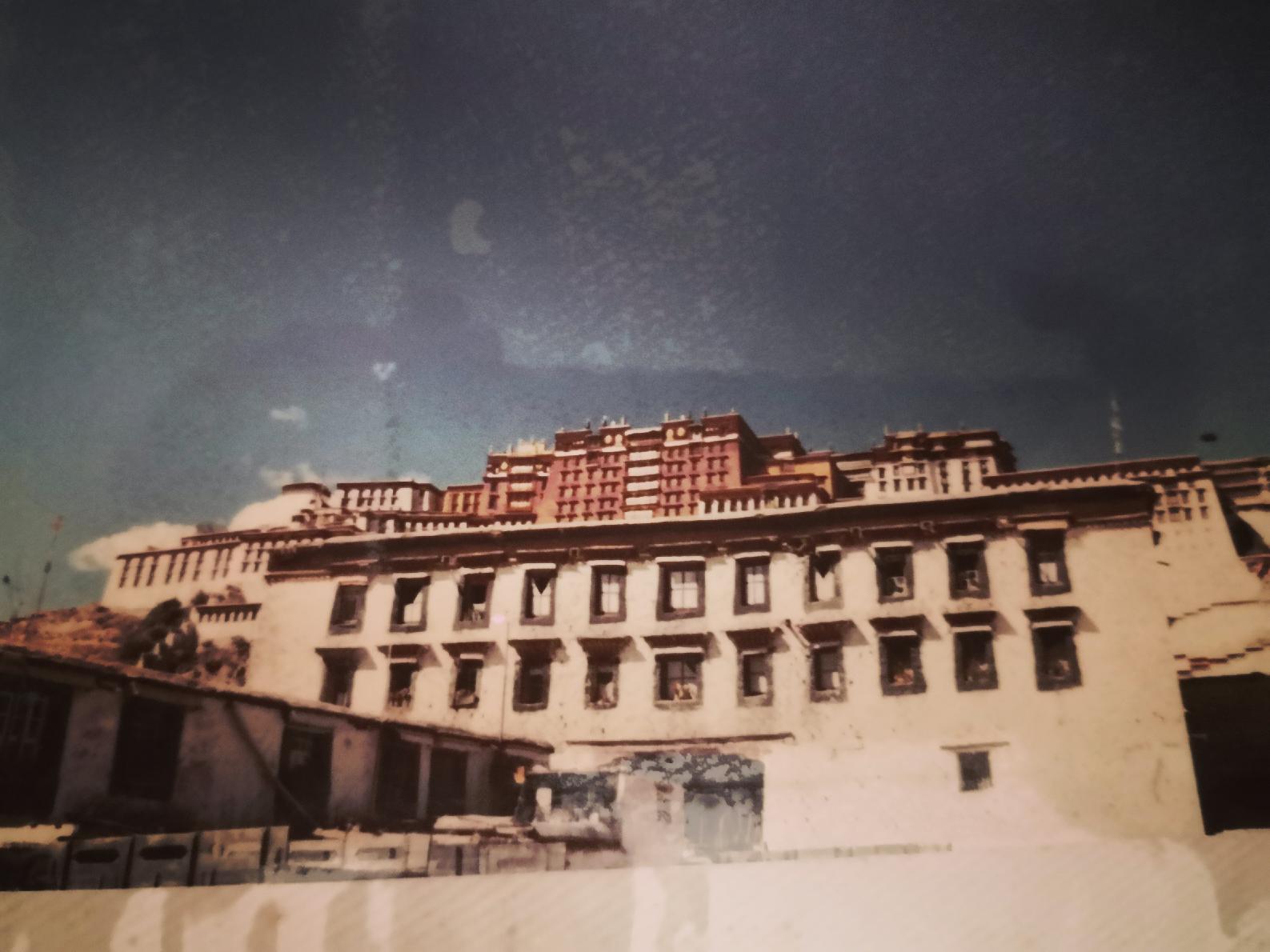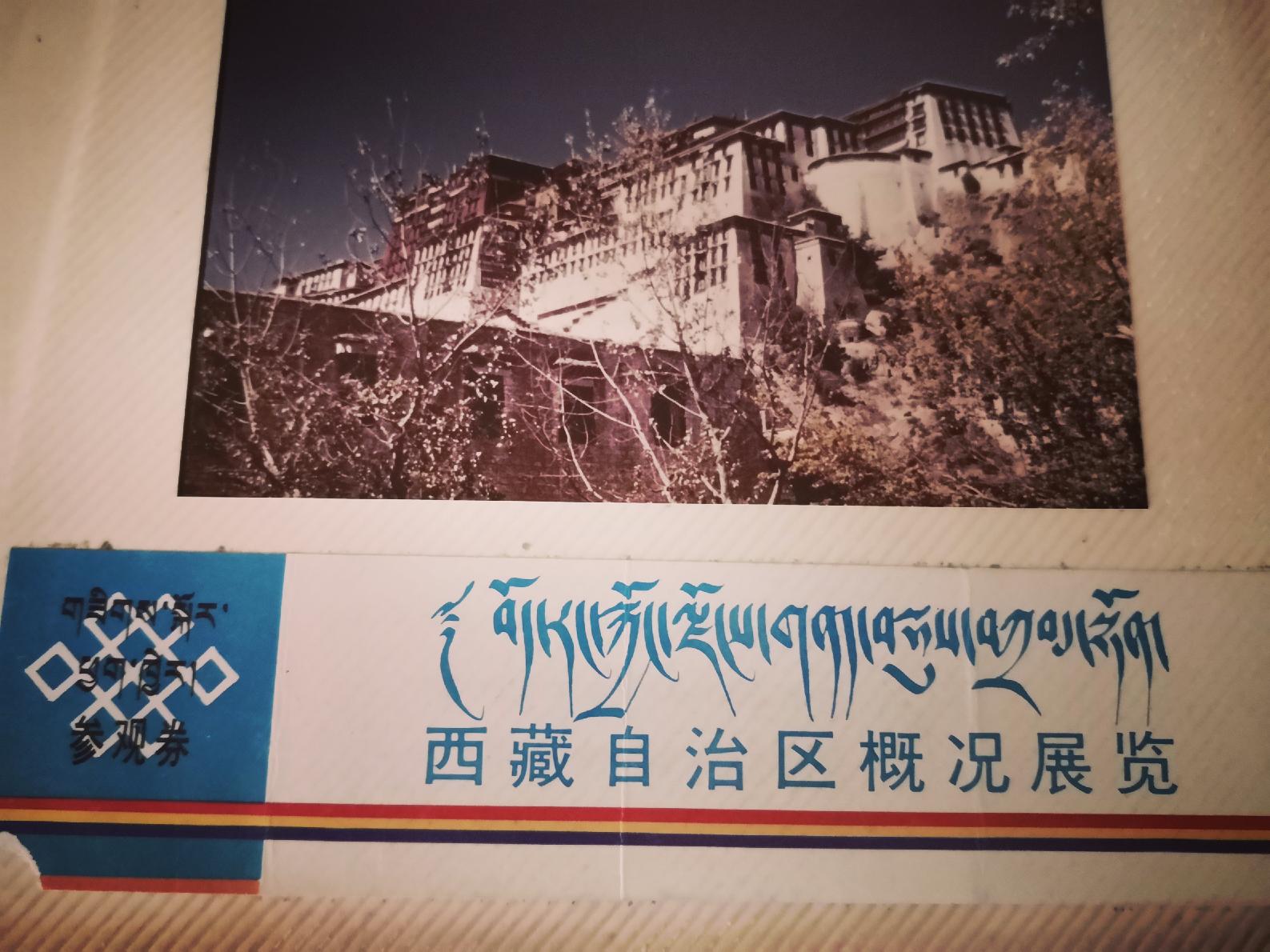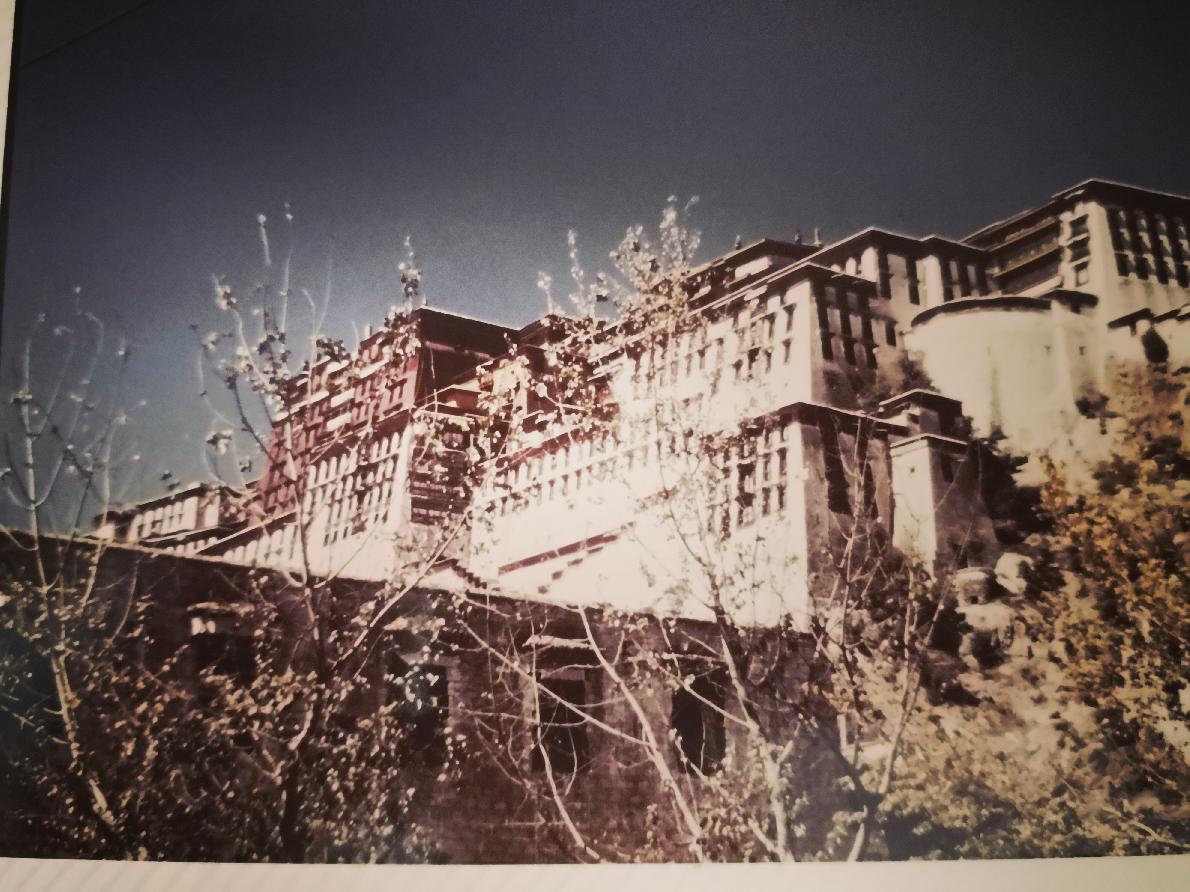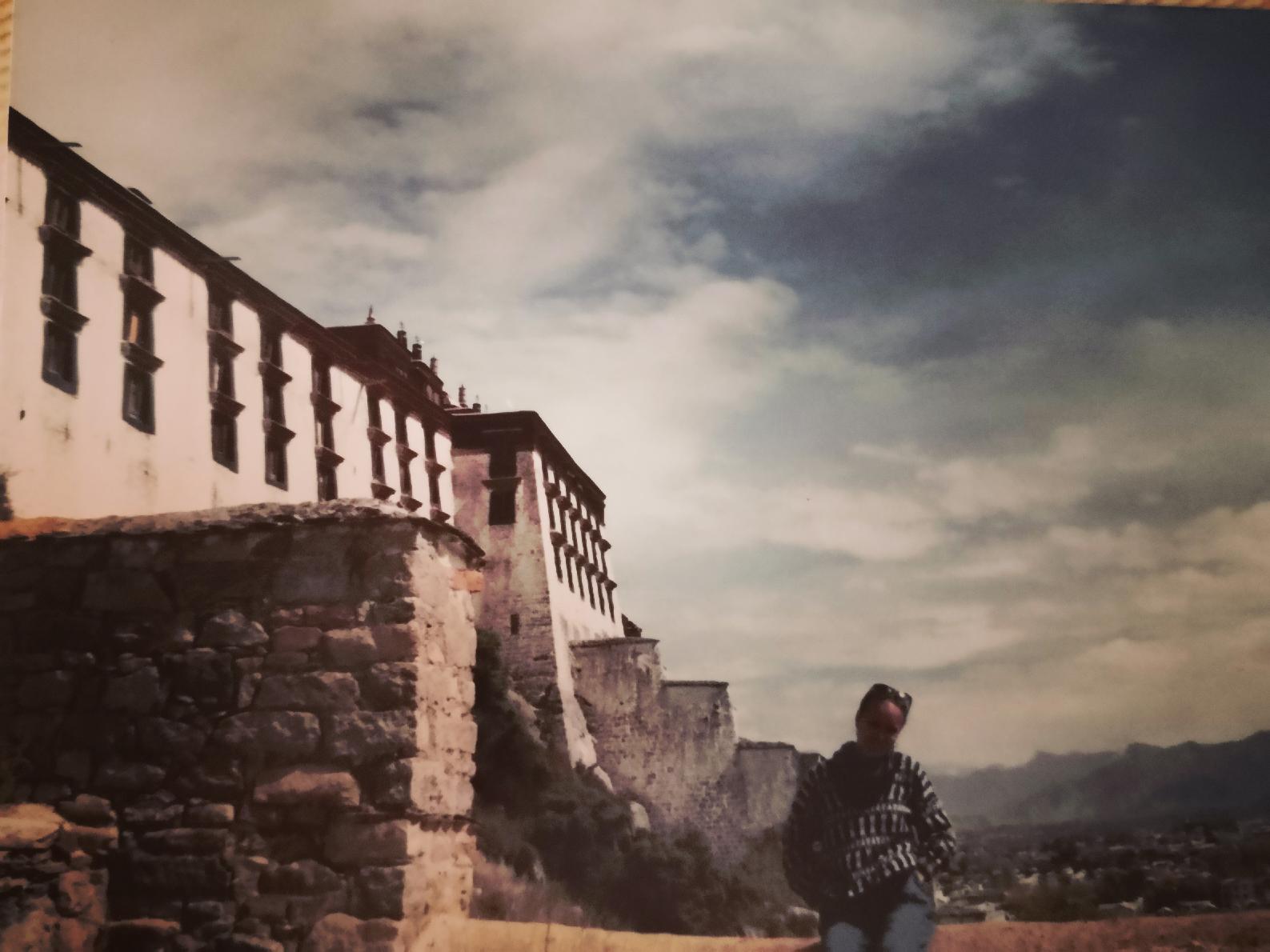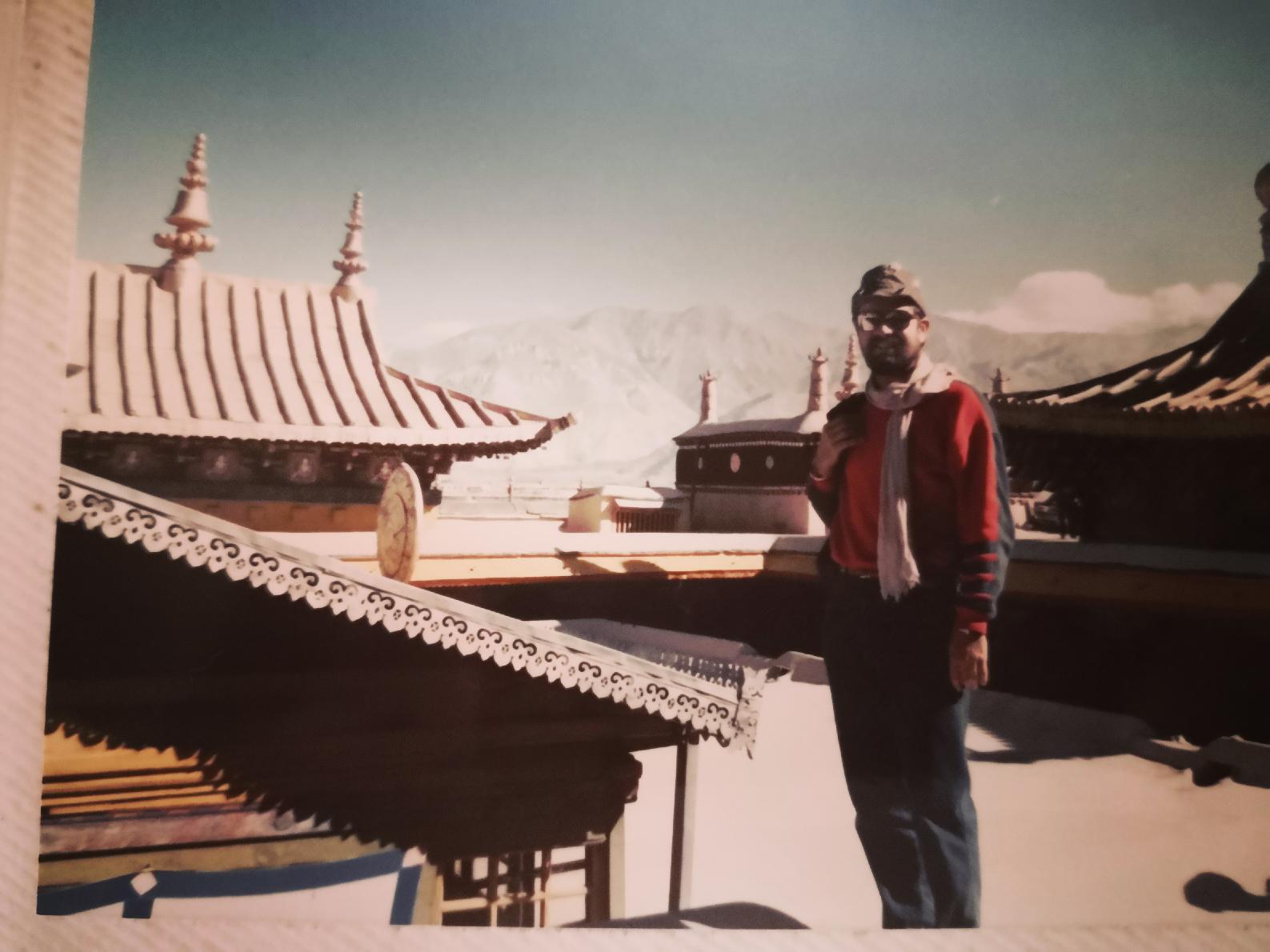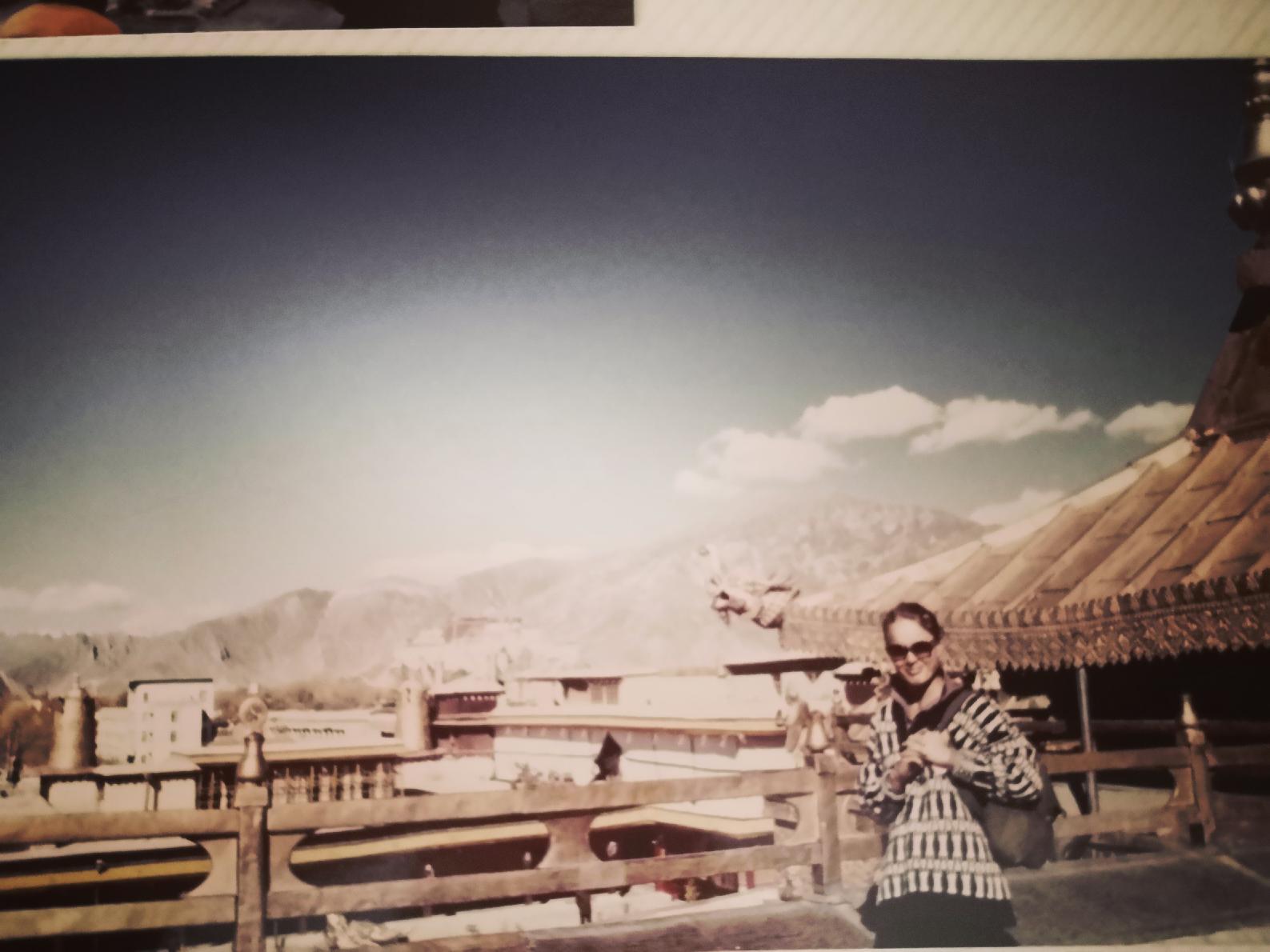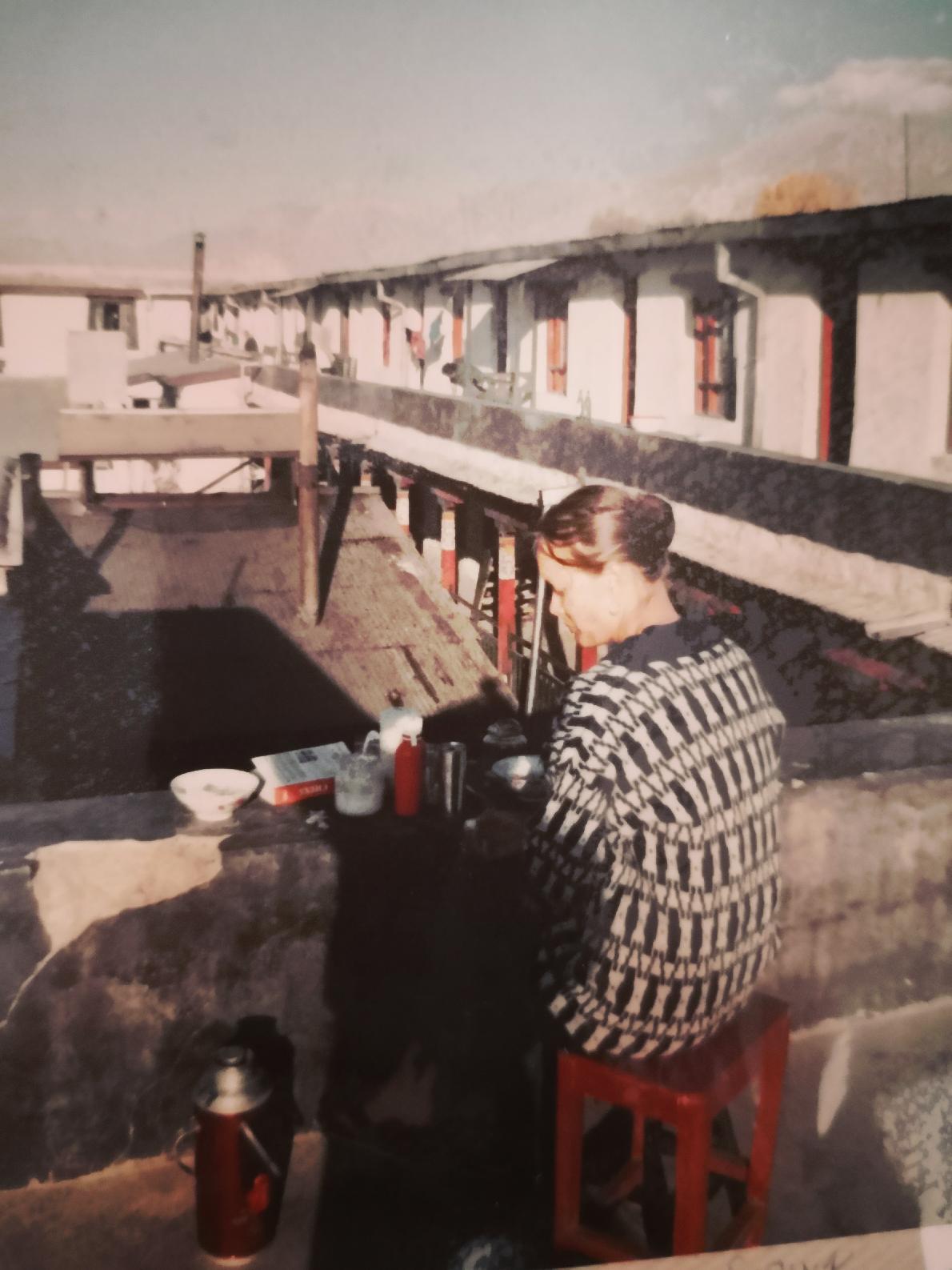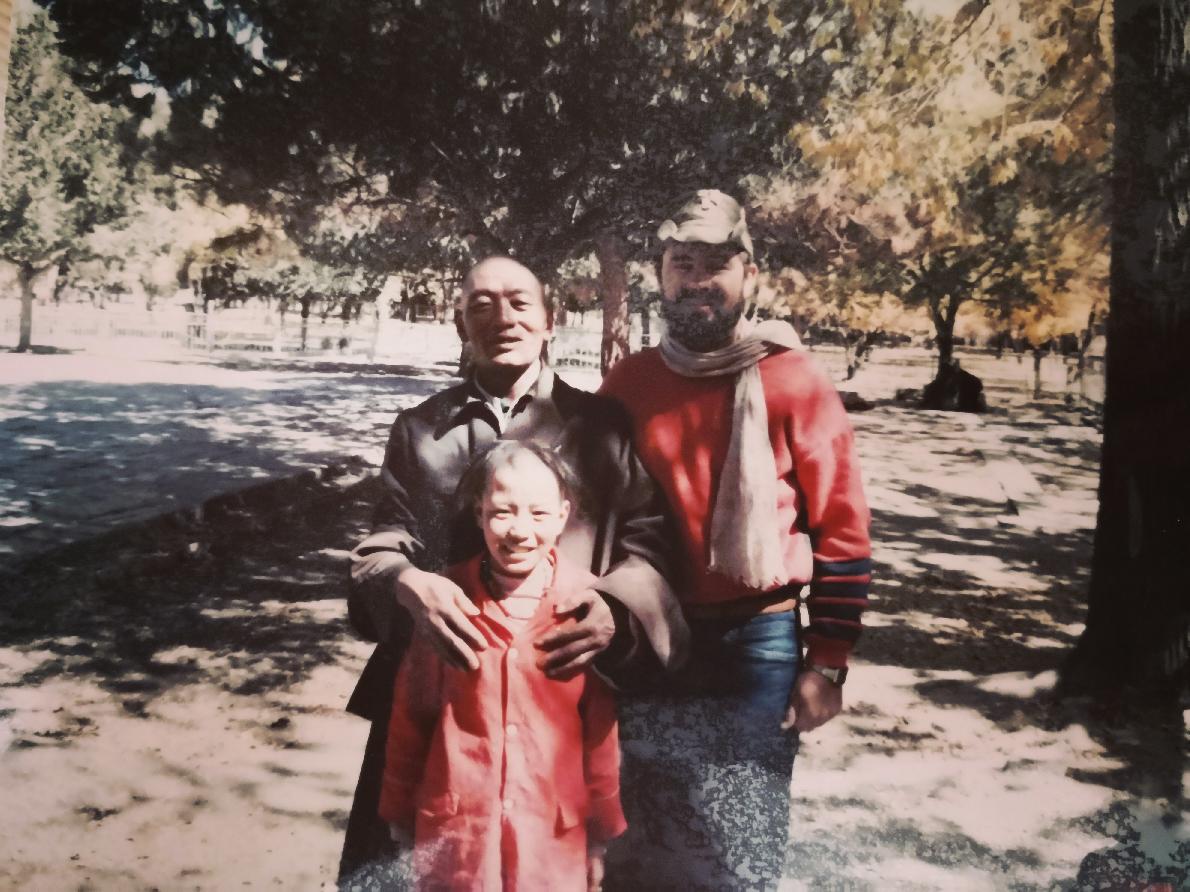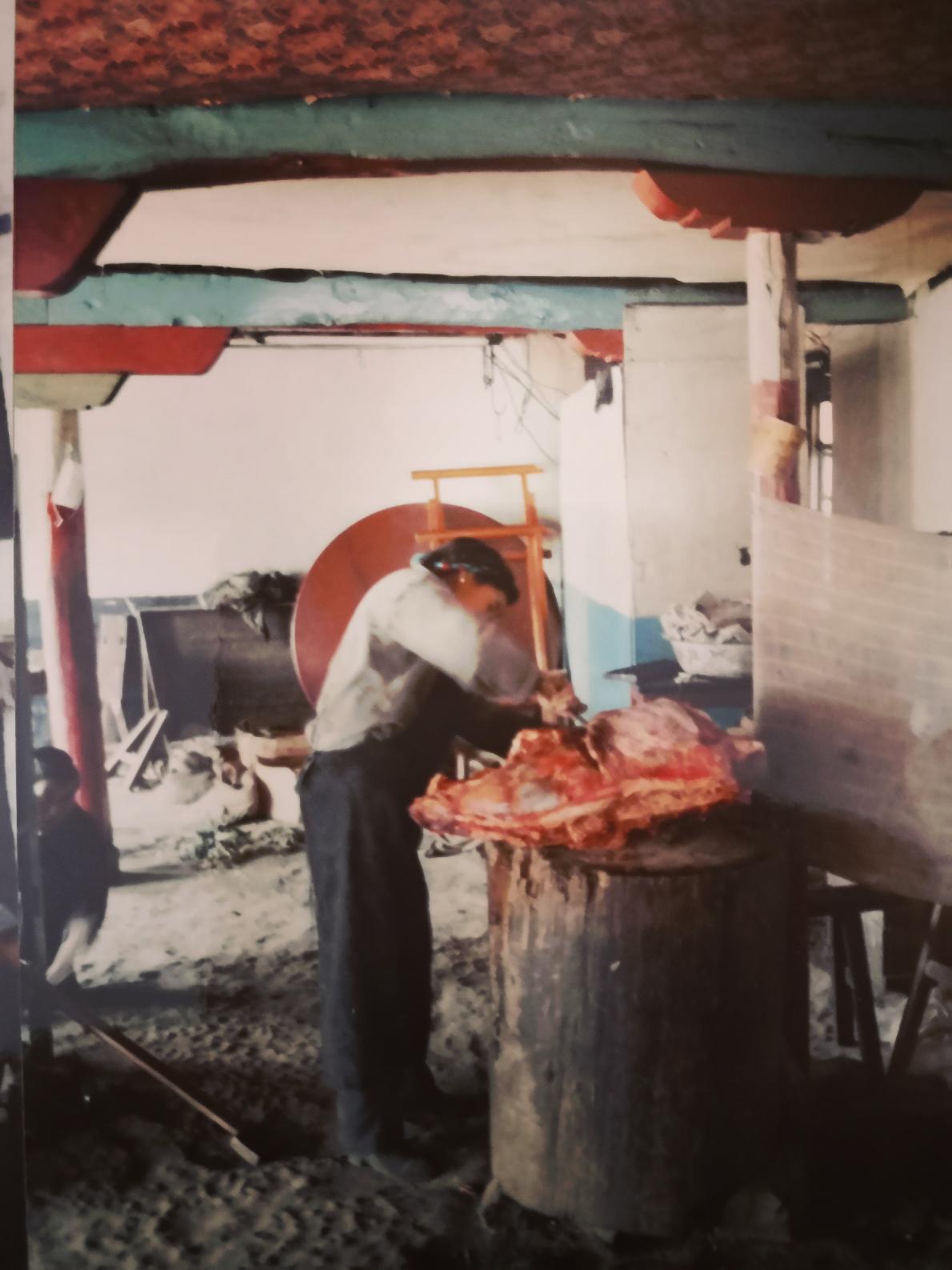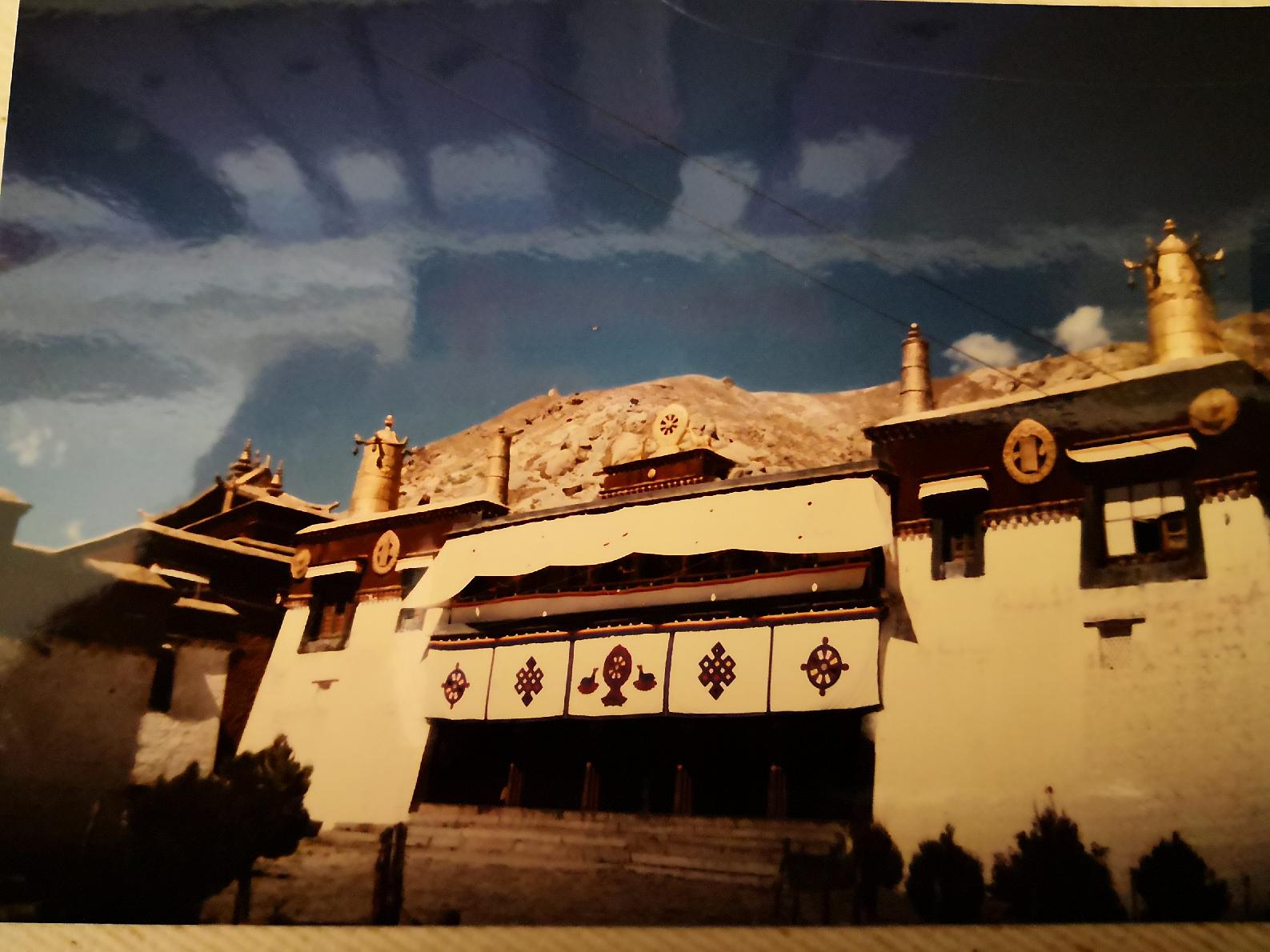
AsianOverland.net
Tour Guide - Itinerary
Asian Overland Sydney to London
Started 22/06/2022 Finished 21/06/2023365 Days ITINERARY
Day 83 date 12/09/2022LHASA to POTALA PALACE, TIBET, CHINA
ASIANOVERLAND.NET SYDNEY TO LONDON DAY 83: LHASA TO POTALA PALACE, TIBET, CHINA
In 1985, Yak was a popular meat in Lhasa, used in momos, stir fries, curries and Yakburgers. But when we considered the way meat was transported and stored in Sichuan and Tibet, we started entering every kitchen in Tibet to see EXACTLY what was being put into our meals. It wasn’t long before we decided we should only eat vegetarian meals, mainly due to the size of the blowflies in the kitchens.
For breakfast, we’d buy local momos or hard bread (dampers), and eat on the roof of our Lhasa hotel, with a magnificent view of the Potala Palace and the Himalayan mountains under sunny blue skies. There was no running water in the hotel, apart from a tap in the courtyard which was used like a communal shower.
The 5th Dalai Lama, Lobsang Gyatso (1617–1682), unified Tibet and moved the centre of his administration to Lhasa in 1642 with the help of Güshi Khan of the Khoshut (Mongols). With Güshi Khan as a largely uninvolved overlord, the 5th Dalai Lama established a civil administration which is sometimes referred to as the Lhasa state. The core leadership of this government was referred to as the Ganden Phodrang, and Lhasa became, in effect, both the religious and political capital.
In 1645, the reconstruction of the Potala Palace began on Red Hill. In 1648, the Potrang Karpo (White Palace) of the Potala was completed, and the Potala was subsequently used as a winter palace by the Dalai Lama. The Potrang Marpo (Red Palace) was added between 1690 and 1694. The name Potala is derived from Mount Potalaka, the mythical abode of the Dalai Lama's divine prototype, the Bodhisattva Avalokiteśvara.
The Jokhang Temple was also greatly expanded around this time. Although some wooden carvings and lintels of the Jokhang Temple date to the 7th century, the oldest of Lhasa's buildings within the Potala Palace date to the 17th century, the second main chapter in Lhasa's history.
The Potala Palace was well worth the steep walk up to the top of the mountain in the rarefied air, great experience and photo stop. We were even invited to have tea in the private Potala Palace tea room, which seemed to be awaiting the return of the Dalai Lama.
I rank the Potala Palace among the top three buildings on the Asian Overland, with the Taj Mahal and Topkapi Palace.
By the end of the 17th century, Lhasa's central Barkhor area formed a bustling market for foreign goods. The Jesuit missionary, Ippolito Desideri reported in 1716 that the city had a cosmopolitan community of Mongol, Chinese, Muscovite, Armenian, Kashmiri, Nepalese and Northern Indian traders. Tibet was exporting musk, gold, medicinal plants, furs and yak tails to far-flung markets, in exchange for sugar, tea, saffron, Persian turquoise, European amber and Mediterranean coral, which were used for Tibetan necklaces, rings and other jewellery.
The Qing dynasty army entered Lhasa in 1720, and the Qing government sent resident commissioners, called the Ambans, to Lhasa. On November 11, 1750, the murder of the regent by the Ambans triggered a riot in the city with more than a hundred people dead, including the Ambans. After suppressing the rebels, Qing Qianlong Emperor reorganized the Tibetan government and set up the governing council called Kashag in Lhasa in 1751.
In January 1904, a British expeditionary force invaded and captured Lhasa during the British expedition to Tibet. The expedition's leader, Sir Francis Younghusband negotiated the Convention Between Great Britain and Tibet with the remaining Tibetan officials after the Dalai Lama had fled to the countryside. The treaty was subsequently repudiated and succeeded by a 1906 Anglo-Chinese treaty.
© This work is copyright. Apart from any use permitted under the Copyright Act 1968, no part may be reproduced by any process, nor may any other exclusive right be exercised, without the permission of Peter Searle, peter@portseavillageresort.com; 1980-2024.
Website built by Justin O’Dea www.webdeveloperdocklands.com.au
